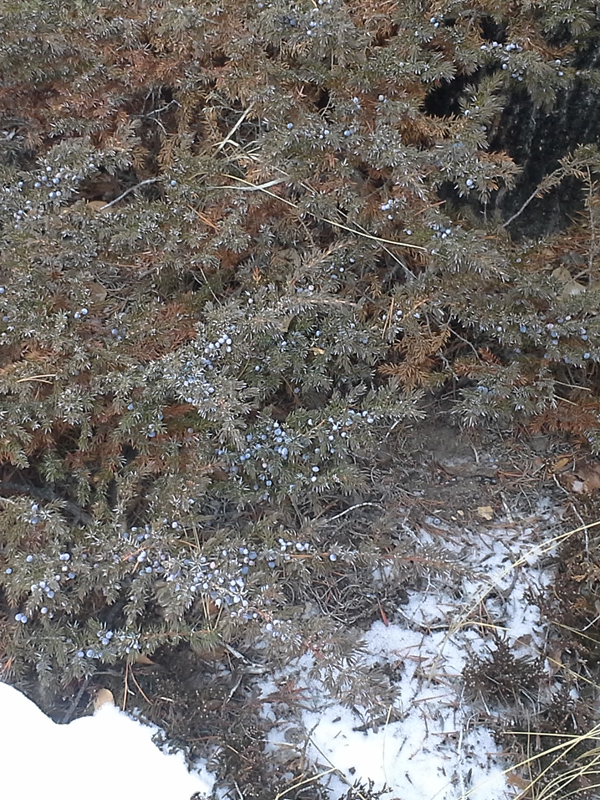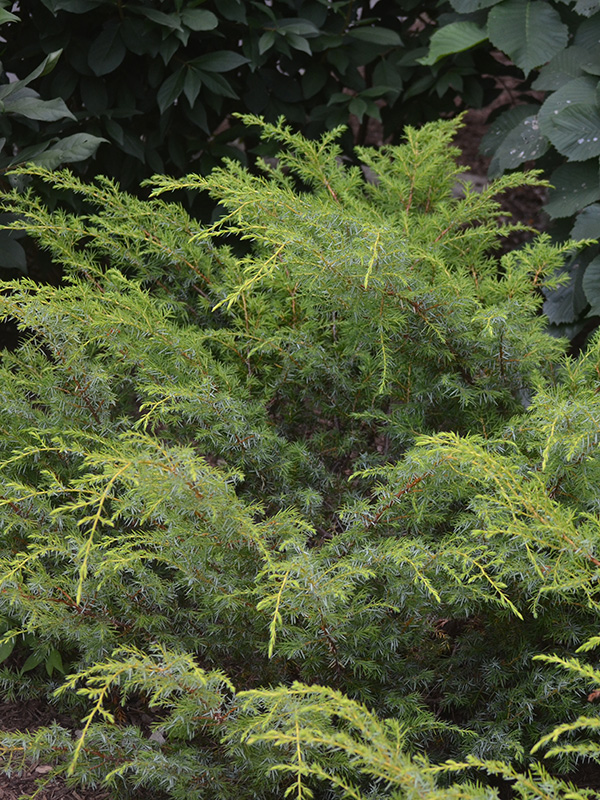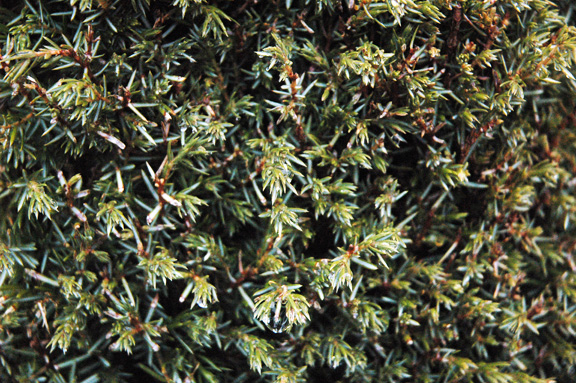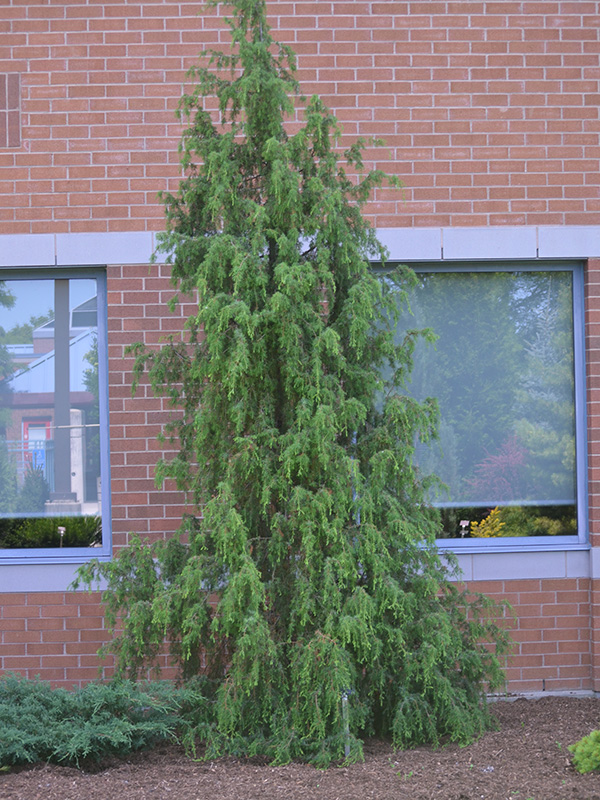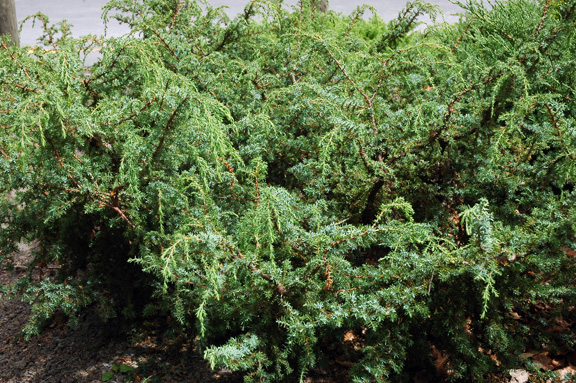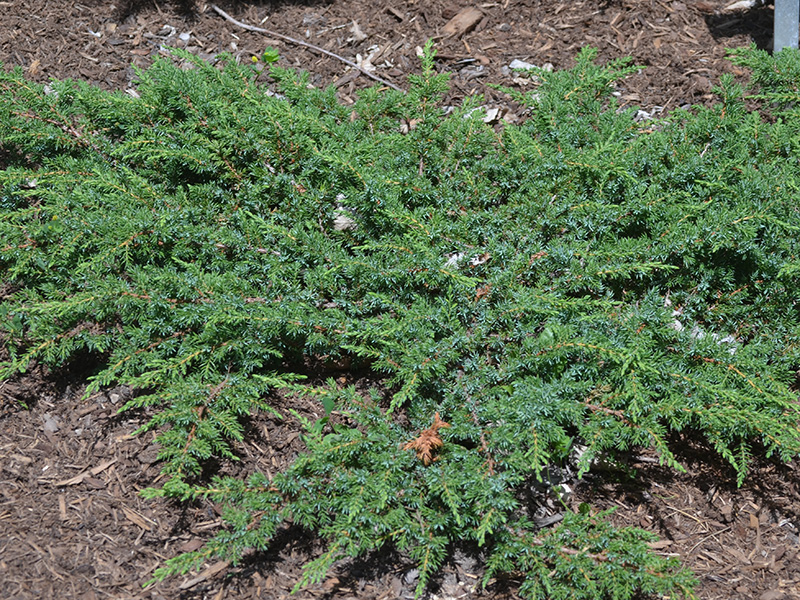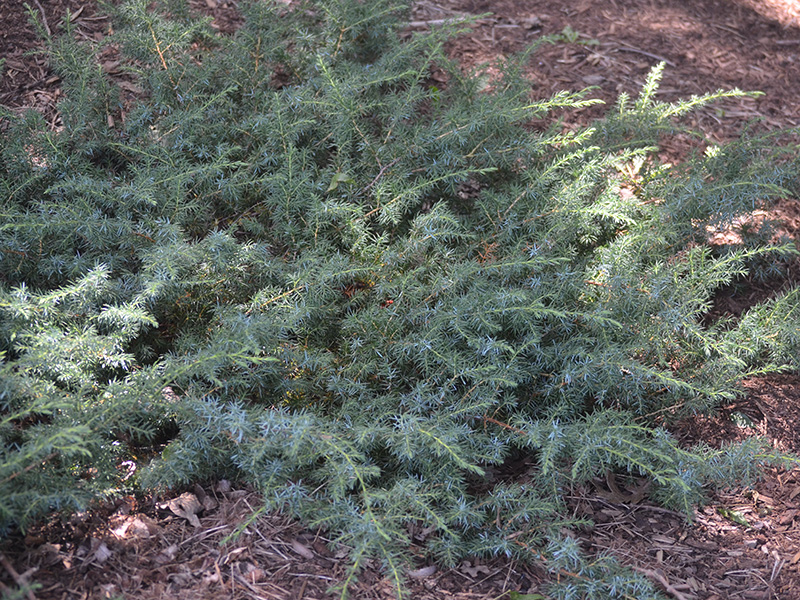
Woody > Juniperus > Juniperus communis > Juniperus communis
Juniperus communis
Common Juniper
Origin: It is common in North and Central Europe, in the mountains of countries that border the Mediterranean, Asia and North America.
Mike's
Opinion


"
This evergreen is a medium sized shrub that can be used for hedges and mass plantings. It is not a desirable plant and some people find this plant objectionable due to its yellow-brown foliage that develops in cold winter months.
Michael Pascoe, NDP., ODH., CLT., MSc. (Plant Conservation)
"
| Family |
| Cupressaceae |
| Genus |
| Juniperus |
| Species |
| communis |
| Category |
| Woody |
| Type |
| Tree (evergreen) |
| Pronunciation |
| USDA Hardiness Zone |
| 2a - 6 |
| Canadian Hardiness Zone |
| 0 - 6a |
| RHS Hardiness Zone |
| H7 - H6 |
| Temperature (°C) |
| -46 - (-18) |
| Temperature (°F) |
| -50 - 0 |
| Height |
| 1.5 - 5 m |
| Spread |
| 2 - 4 m |
Photographs
Description and Growing Information
Flowering Period
| General Description |
| The plant is very adaptable and can literally grow in any conditions. |
| Landscape |
| This plant is not used in horticulture as an ornamental shrub. It could be used as a ground cover for sandy soils and waste places. Common Junipers are not very desirable plants. |
| Cultivation |
| This plant can grow in the worst possible soil conditions. The plant commonly grows on dry, sterile soils, rock outcroppings and wastelands. It is very hardy and likes full sun/partial shade. The Common Juniper is very pH adaptable. |
| Shape |
| Common Junipers usually have a narrow, pyramidal shape. They can also be low growing in form. |
| Growth |
| Fast |
| ID Characteristic |
| In winter foliage turns to a brown-bronze colour and has blue-black fruits. This plant is often confused with Juniperus conferta, the difference being that Juniperus communis has a white line that is divided by broader green midrib on its needles. |
| Pests |
| This plant is susceptible to juniper blight, can have problems with root rot and can be infected with cedar-apple type rusts. |
| Habitat |
| Northern parts of Asia, Europe and North America at altitudes up to 3000 m. |
| Bark/Stem Description |
| The bark on is a red–brown colour which flakes off in thin strips, it cannot usually be seen as it is covered by the foliage. |
| Flower/Leaf Bud Description |
| Buds are small and brown-orange. |
| Leaf Description |
| The needles are awl-shaped tapering from the base to a point. Needles spread at a wide angle from stem and are about 5-20 mm long. They have a white band sometimes divided by a green midrib at the base. |
| Flower Description |
| Plants are dioecious, the flowers are yellow and pollinated in the spring by wind. |
| Fruit Description |
| The berry will be green in colour in the first year and as it ripens will turn to a blue-black colour. The berries are very bitter to taste (Gin) can be dried to flavour food. |
| Colour Description |
| Needles are green-grey to blue-green in the summer time, in the winter needles turn into an unpleasant yellow-brown colour. Berries are blue-black in colour and the bark is red–brown which does not change in winter months. |
| Texture Description |
| Medium textured. |
| Notable Specimens |
| Common in the Bruce Peninsula region of Ontario, Canada and along the sides of highway 69 north of Barrie, Ontario, Canada. |
| Propagation |
| Seeds requires a cold stratification period. It has a hard seed coat and can take a long time to germinate. |
